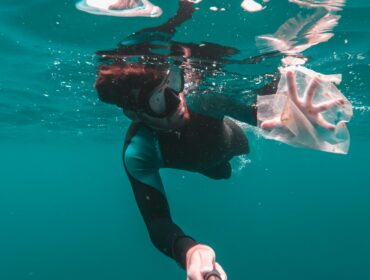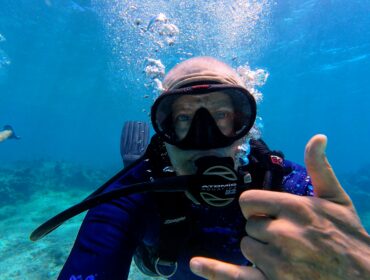Fishing is one of the world’s oldest activities, merely a hobby for some and a way of life for others. While some fish strictly as a form of recreation using a dependable fishing rod and reel, some are in it to make a living, and yet others need to feed their families. Many governments and organizations have set up laws and guidelines for fisheries so the marine ecosystem can be preserved; however, destructive fishing is still all too common, especially in regions already beleaguered by poverty and a lack of resources to enforce these regulations. These fishing practices damage marine environments and the creatures that depend on them for food and shelter, resulting in an eventual crisis and loss of life for all involved. Here are 3 of the most commonly used destructive fishing practices and their effects on the marine ecosystems in which they are used.
Top 3 Destructive Fishing Practices
Bottom Trawling
Though declared illegal in some regions, bottom trawling remains one of the most destructive fishing practices in the entire fishing industry. Rockhopper trawls with large wheels or rollers are used to make fishing more efficient, but too often are used in vulnerable reef areas. The trawls crush, scar, and destroy coral reefs, leaving little more than a trail of rubble in their wake. Corals run over by these trawlers just once suffer long-lasting, sometimes irreparable damage. Areas with heavy bottom trawling have diminished coral coverage by as much as 90 percent, leaving young fish without a habitat to mature in.
Cyanide Fishing
Common in the waters around China and Singapore, this technique involves pouring large amounts of sodium cyanide into the water. The cyanide stuns the fish and makes them easier to catch. The catch is then supplied to Singapore and Hong Kong restaurants or sold to aquarium enthusiasts. Aside from poisoning the fish, this destructive fishing practice destroys organisms vital to the marine ecosystem, including the corals that provide food and habitat for various aquatic species. One square meter of coral reef is destroyed for every fish caught with this technique.
Muro Ami
Also shared in Southeast Asian waters, the practice of muro ami uses a large net and several pounding devices, typically heavy stones or large cement blocks affixed to cranes over the sea’s surface. Fishermen pound the reefs with rocks and blocks to scare the fish out of the coral and into the net. However, the fish are not so scared out as forced out; the stones smash the coral into tiny pieces and leave the fish nowhere to go but into the net. To make matters worse, the dangerous work is often facilitated through child labor. As the corals are repeatedly smashed, the marine ecosystem is irreparably destroyed, as most species of coral take years to recover from even the most minor damage. In the best-case scenario, the reefs affected by muro ami fishing will take hundreds of years to recover. In the worst cases, they will never regenerate. Continued use of the muro ami practice could result in the destruction of reef ecosystems in Southeast Asia within the next decade.




